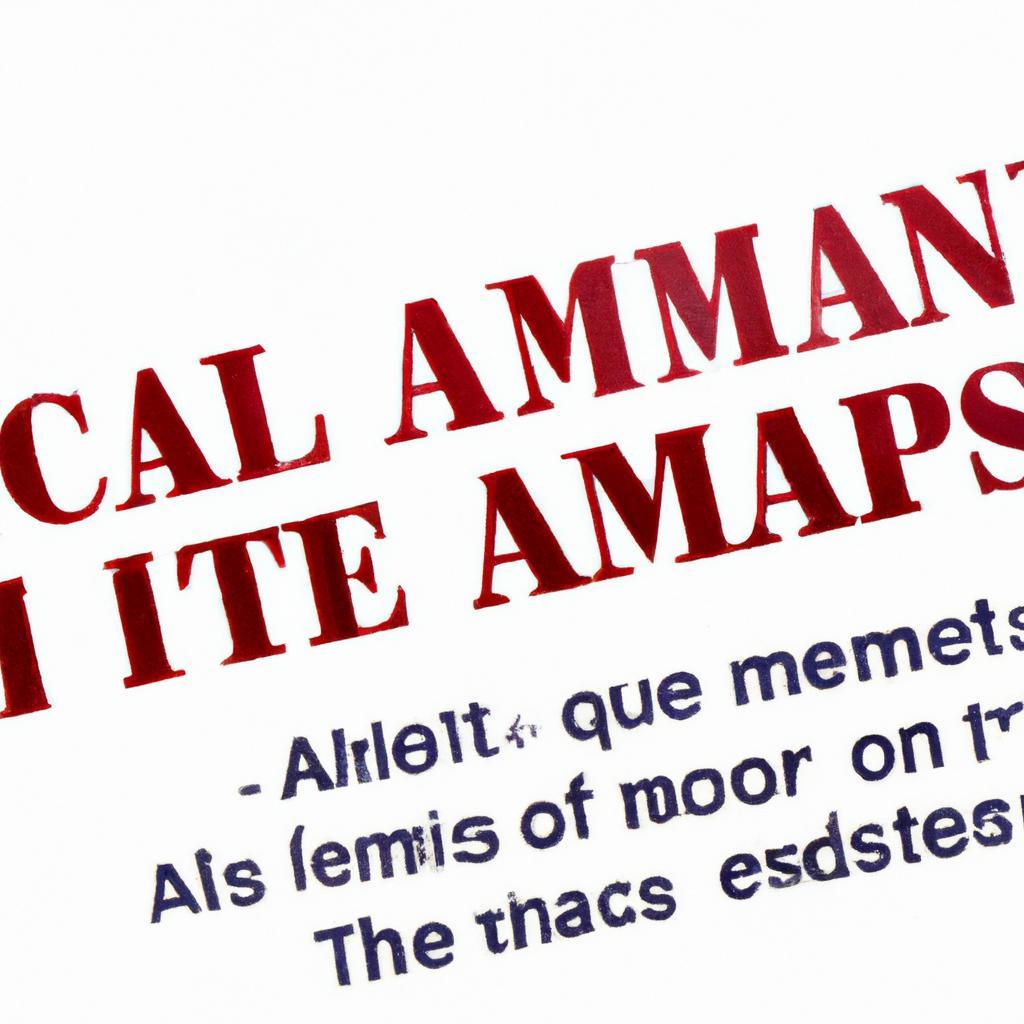In an era defined by rapid technological advancement, the way we communicate is evolving at an unprecedented pace. Once the cornerstone of professional and personal correspondence, email is now facing an existential quandary: Is it still the preferred choice for effective communication, or has it become an antiquated tool, overshadowed by the rise of modern alternatives? From instant messaging platforms to collaborative workspaces and social media channels, the landscape of communication is shifting, urging us to reconsider our reliance on traditional email. In this exploration, we delve into the current state of email, weigh its advantages and limitations, and examine the burgeoning tools that are redefining how we connect and collaborate in our increasingly digital world. Join us as we navigate this transformative terrain, seeking to answer the pressing question: Is email on the decline, or does it still have a place in our communication toolkit?
Shifting Paradigms in Digital Communication Trends
As the landscape of digital communication evolves, we witness a significant shift in how information is shared and exchanged. While email has been a cornerstone of corporate and personal communication for decades, its dominance is increasingly challenged by emerging platforms that offer enhanced engagement and real-time interaction. Newer alternatives are redefining how we connect, with features designed to foster collaborative environments. Consider the following advantages of these modern tools:
- Instant Messaging: Encourages quick responses and informal dialogue, making teams more agile.
- Video Conferencing: Provides a richer context through face-to-face interaction, bridging geographic gaps.
- Collaboration Platforms: Integrate tasks and communication, streamlining workflows and enhancing productivity.
In addition, the increase in mobile device usage has prompted a move towards apps that facilitate on-the-go conversations. A simple comparison of communication methods illustrates this shift:
| Method | Speed | Formality | Collaboration |
|---|---|---|---|
| Moderate | Formal | Limited | |
| Messaging Apps | Fast | Informal | High |
| Video Calls | Fast | Variable | Very High |
This data highlights the shifting preferences towards more dynamic and interactive communication methods, indicating that while email remains prevalent, it may soon need to evolve or share its spotlight with these innovative alternatives.
Navigating New Frontiers: Embracing Alternatives for Streamlined Interaction
As we venture into an era marked by rapid technological advancement, it becomes crucial to explore diverse communication platforms that offer flexibility and efficiency. While traditional email may feel cumbersome at times, innovative alternatives have emerged to enhance our interaction experience. Consider these alternatives that can streamline communication:
- Instant Messaging Apps: Platforms like Slack and Microsoft Teams foster real-time communication, facilitating collaboration across teams and projects.
- Video Conferencing: Tools like Zoom and Google Meet enable face-to-face interaction, breaking down geographical barriers and enhancing engagement.
- Project Management Tools: Software such as Trello and Asana not only manage tasks but also integrate communication within project workflows, keeping everything organized.
- Social Media & Community Platforms: Using platforms like Discord or Reddit for group discussions allows for a more informal yet productive exchange of ideas.
Moreover, understanding user preferences plays a vital role in this shift. The following table outlines key characteristics of traditional email versus modern alternatives:
| Feature | Modern Alternatives | |
|---|---|---|
| Response Time | Delayed | Immediate |
| Visual Interaction | Text-Only | Video & Audio |
| Collaboration Features | Limited | Integrated |
This evolution in communication methods not only aligns with the fast-paced world we inhabit but also caters to the diverse preferences of individuals and organizations alike, ensuring that crucial conversations are never one email away from fading into the void.
Closing Remarks
As we navigate the evolving landscape of communication, it becomes clear that the tools we choose shape our interactions in profound ways. While email has long been a staple in our digital correspondence, its reign is being challenged by a flurry of modern alternatives that prioritize speed, accessibility, and engagement. From instant messaging apps to collaborative platforms, the way we connect continues to transform, adapting to our fast-paced lives and diverse preferences.
However, rather than viewing these changes as a decline of email, it may be more accurate to consider them as an evolution of our communication toolkit. Email remains a vital force, particularly for formal exchanges and long-form communication, but it must now coexist alongside a myriad of innovative options. As we embrace this new era, it’s essential to recognize that effective communication is not solely about the medium we choose, but about the clarity, intent, and connection we strive to achieve.
In a world where the way we communicate is ever-changing, understanding the strengths and weaknesses of each platform will empower us to engage more meaningfully with one another. Whether you’re a die-hard email enthusiast or an advocate for the latest messaging trend, the key is to remain adaptable and open-minded as we explore the frontiers of human connection. The conversation isn’t over; it’s just beginning.


